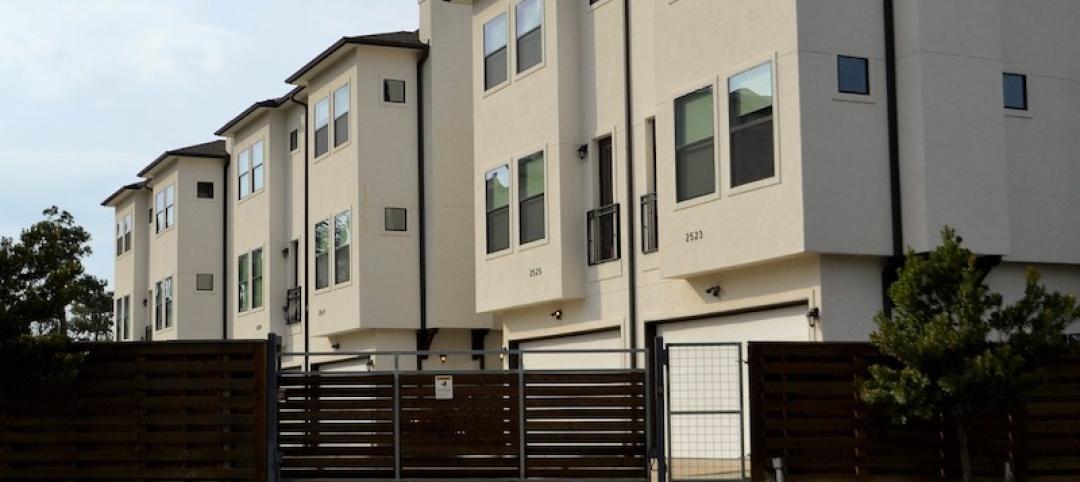U.S. cities are revamping how they handle stormwater to reduce flooding and capture rainfall and recharge aquifers.
New policies reflect a change in mindset from treating stormwater as a nuisance to be quickly diverted away to capturing it as a resource. U.S. urban areas generate an estimated 59.5 million acre-feet of stormwater runoff per year on average, equal to 53 billion gallons a day. That much water is equal to 93% of the country’s total municipal and industrial water use.
In Los Angeles, the nonprofit Trust for Public Land has been removing impervious surfaces in alleys and school grounds and replacing asphalt with natural infrastructure, including trees and pervious surfaces.
In the eastern part of the country where rainfall is more plentiful, cities including New York and Pittsburgh are installing green solutions such as rain gardens and bioswales. Cities are also instituting stormwater fees, charging landowners based on the area of impervious surfaces on a property. More cities are also using permeable pavers for sidewalks and parking lots.
Recharging aquifers via more permeable surface areas not only makes more groundwater available, but it also helps prevent land subsidence that can cause buildings to slowly sink.
Related Stories
Codes and Standards | Nov 1, 2019
Resiliency of a community’s housing stock can be measured according to new benchmark
Metric can help municipalities prepare for disasters.
Codes and Standards | Oct 31, 2019
FEMA, ICC release updated guide on integrating I-Codes into floodplain management regulations
Provides advice on satisfying requirements for the National Flood Insurance Program.
Codes and Standards | Oct 30, 2019
ILFI releases new version of Living Building Challenge Framework for Affordable Housing
Document includes updated findings, case studies, new strategies for financing, designing, building affordable housing.
Codes and Standards | Oct 28, 2019
U.S. military demands landlords address health hazards in troop housing
Air Force threatens formal dispute process.
Codes and Standards | Oct 24, 2019
ASHRAE design contest winners demonstrate building resilience
Model building, a city hall, could operate without utility service for two weeks.
Codes and Standards | Oct 22, 2019
Efficient material design, low-carbon concrete are critical to cutting GHG emissions in construction
Enhancing building utilization and reusing materials also aid carbon reduction.
Codes and Standards | Oct 21, 2019
Historic properties not exempt from Americans With Disabilities Act
Some exceptions do apply.
Codes and Standards | Oct 18, 2019
St. Louis could save $61 million per year in energy costs by improved building performance
GHG gases can be reduced by at least 11% with upgrades to public buildings and large private buildings.
Codes and Standards | Oct 17, 2019
Slow payments cost GCs and subs $64 billion annually
Study finds 51-day average payment turnaround.
Codes and Standards | Oct 16, 2019
Cool pavement can make people hotter
Reflective coatings channel sunlight raising temperatures where pedestrians walk.

















